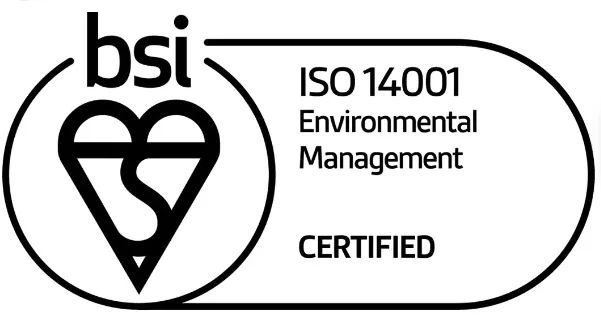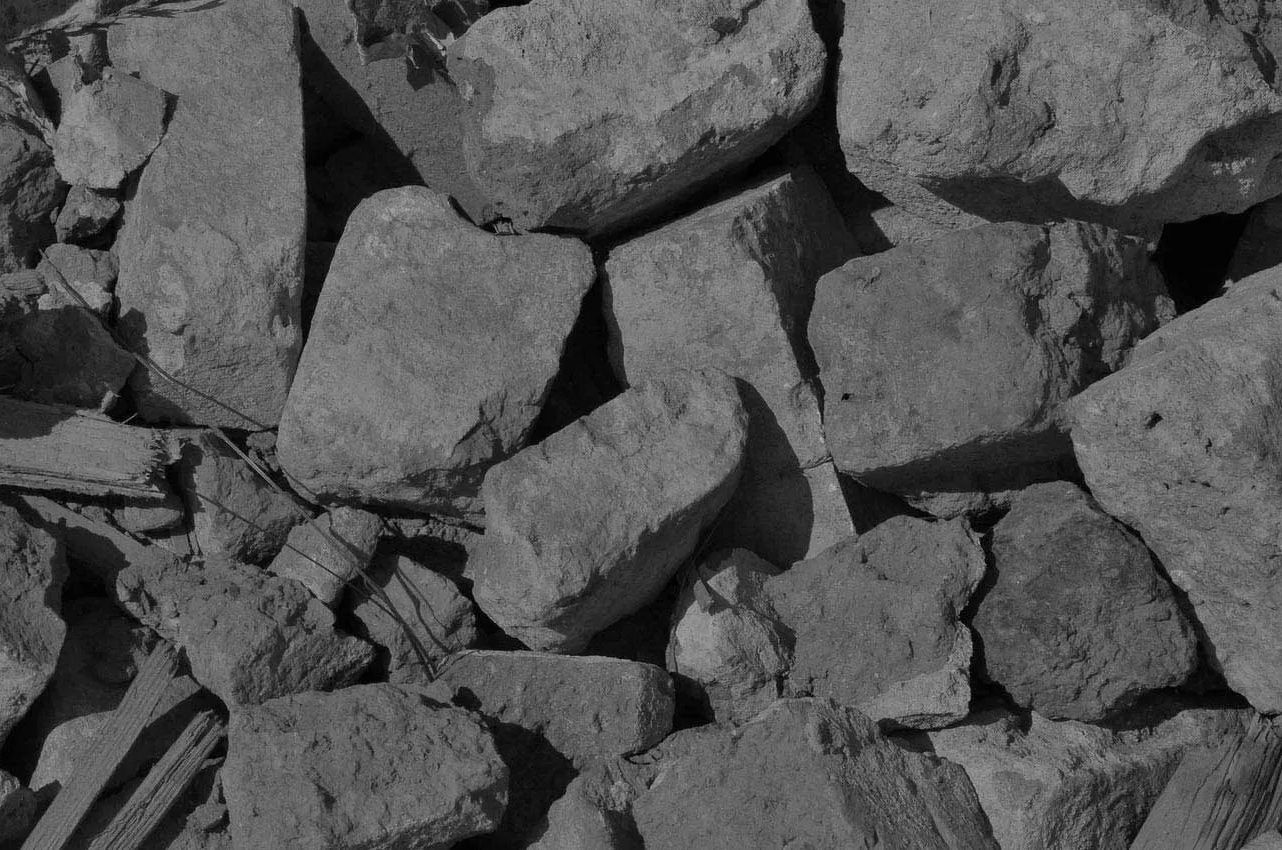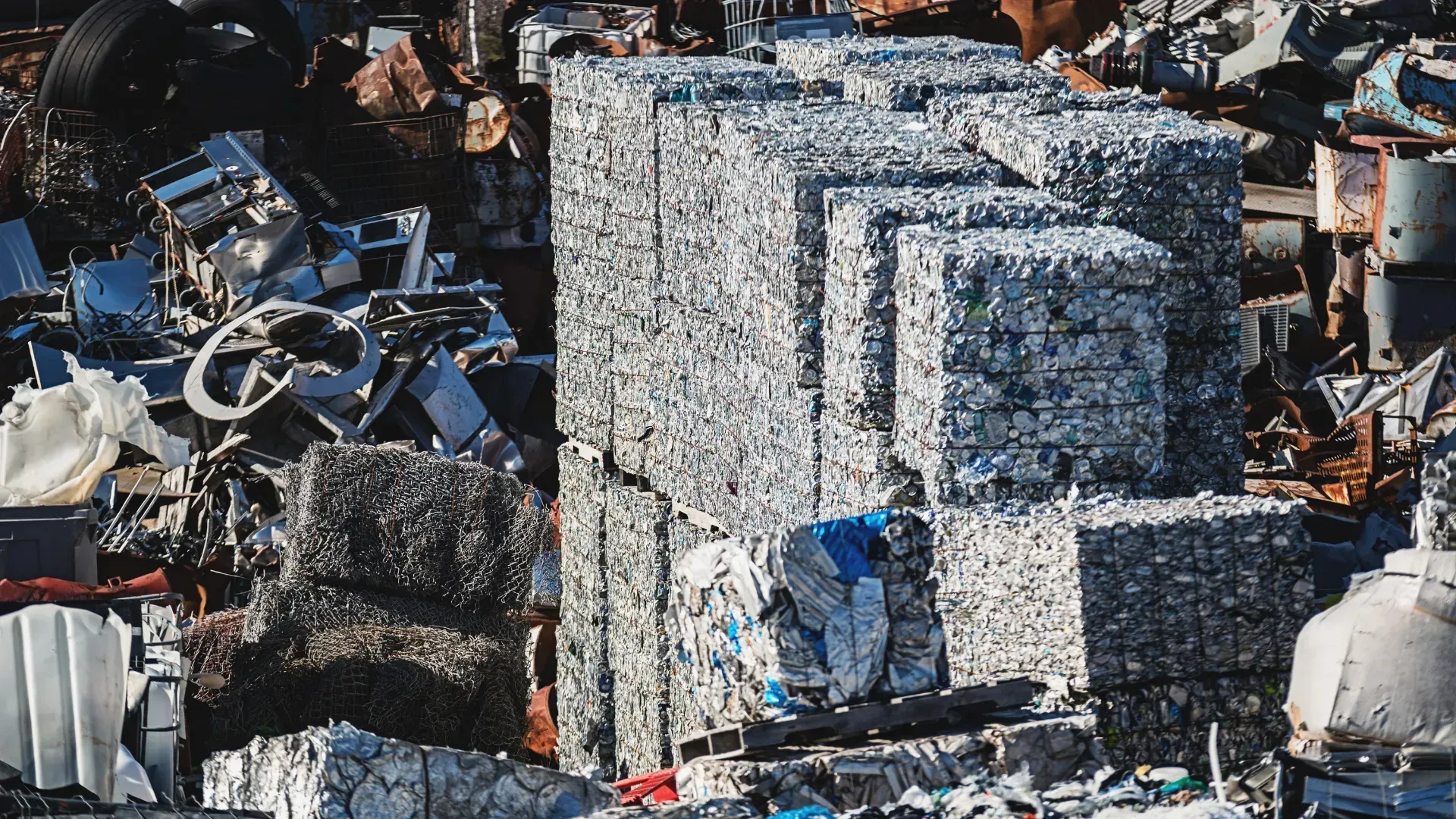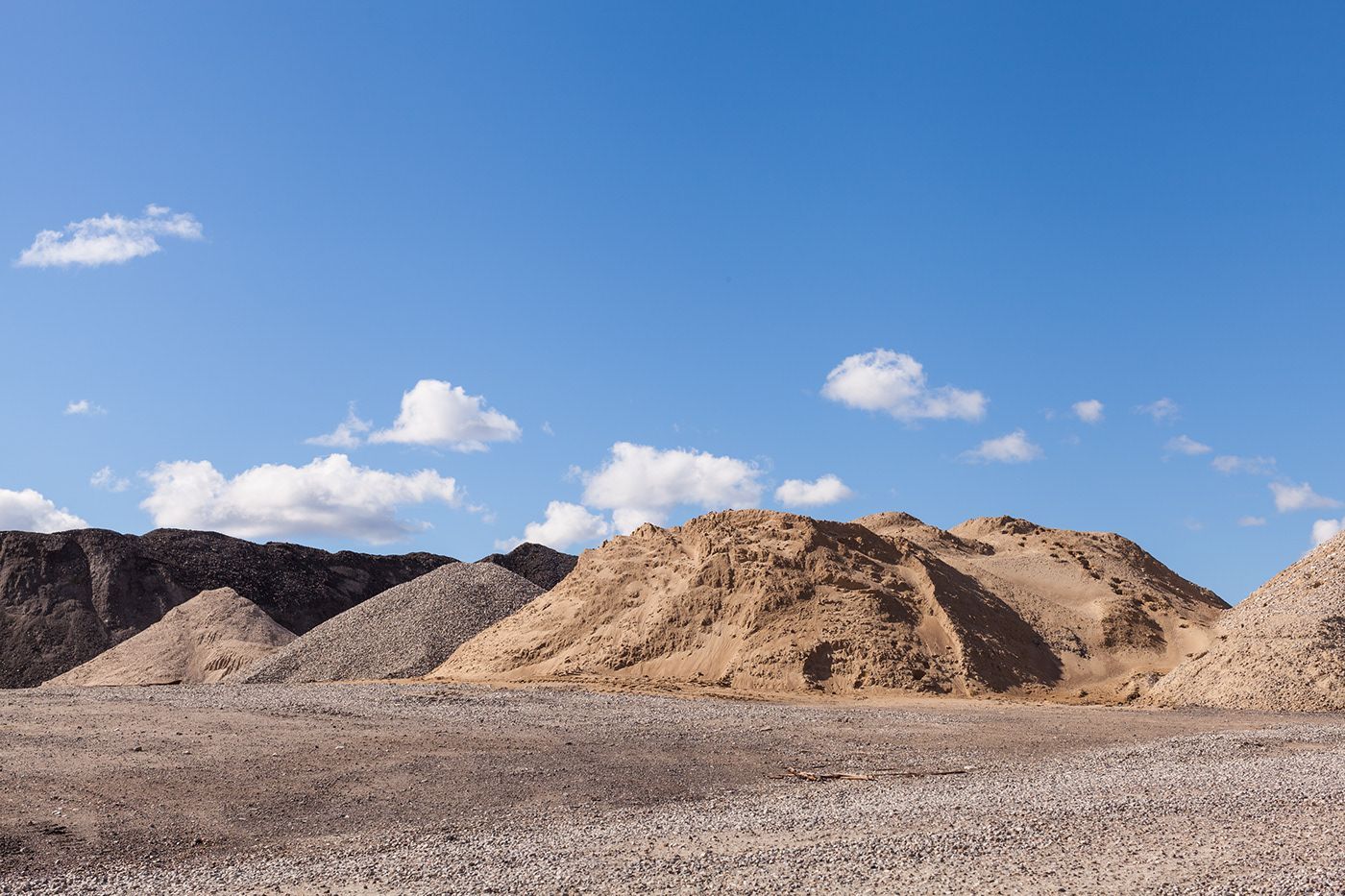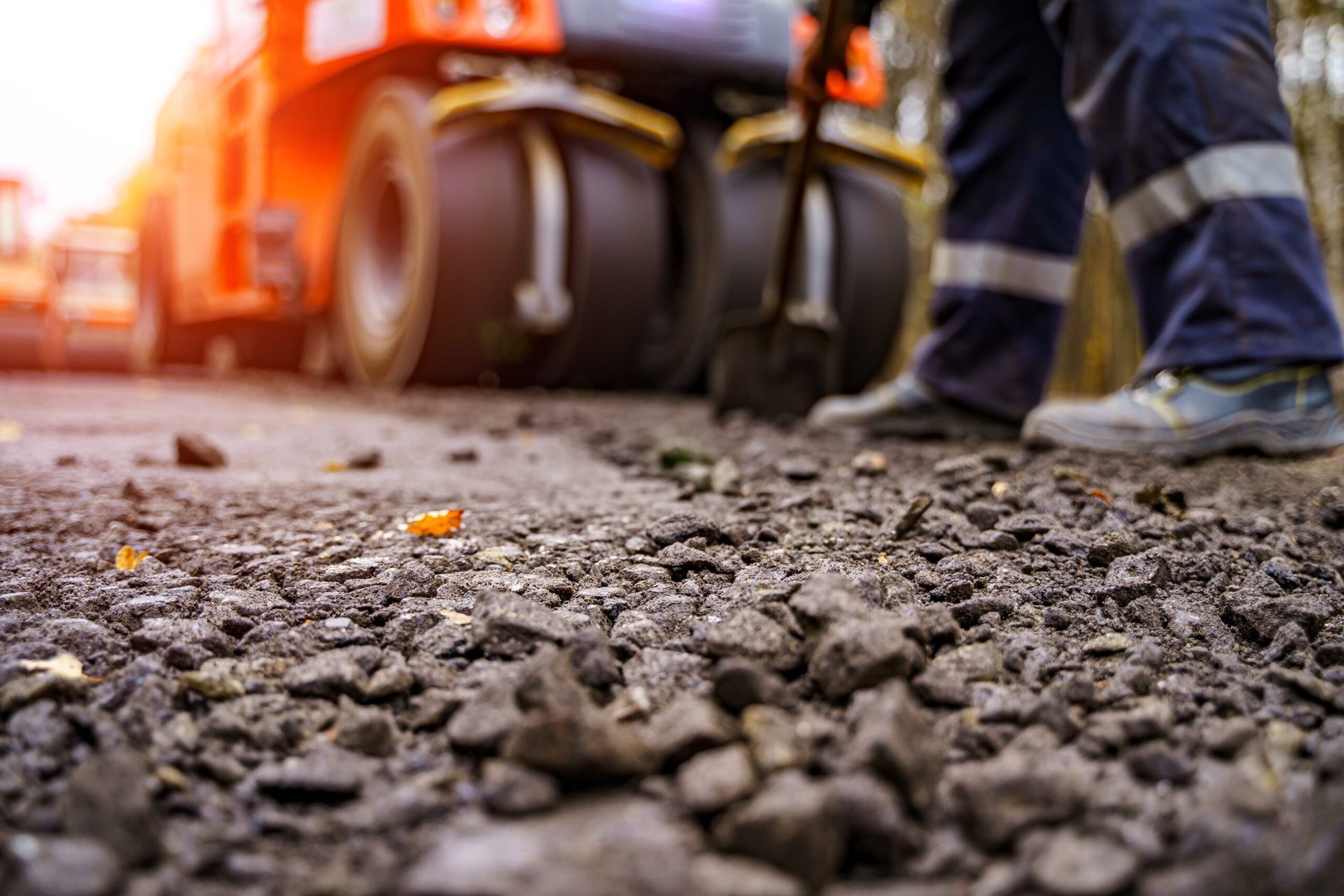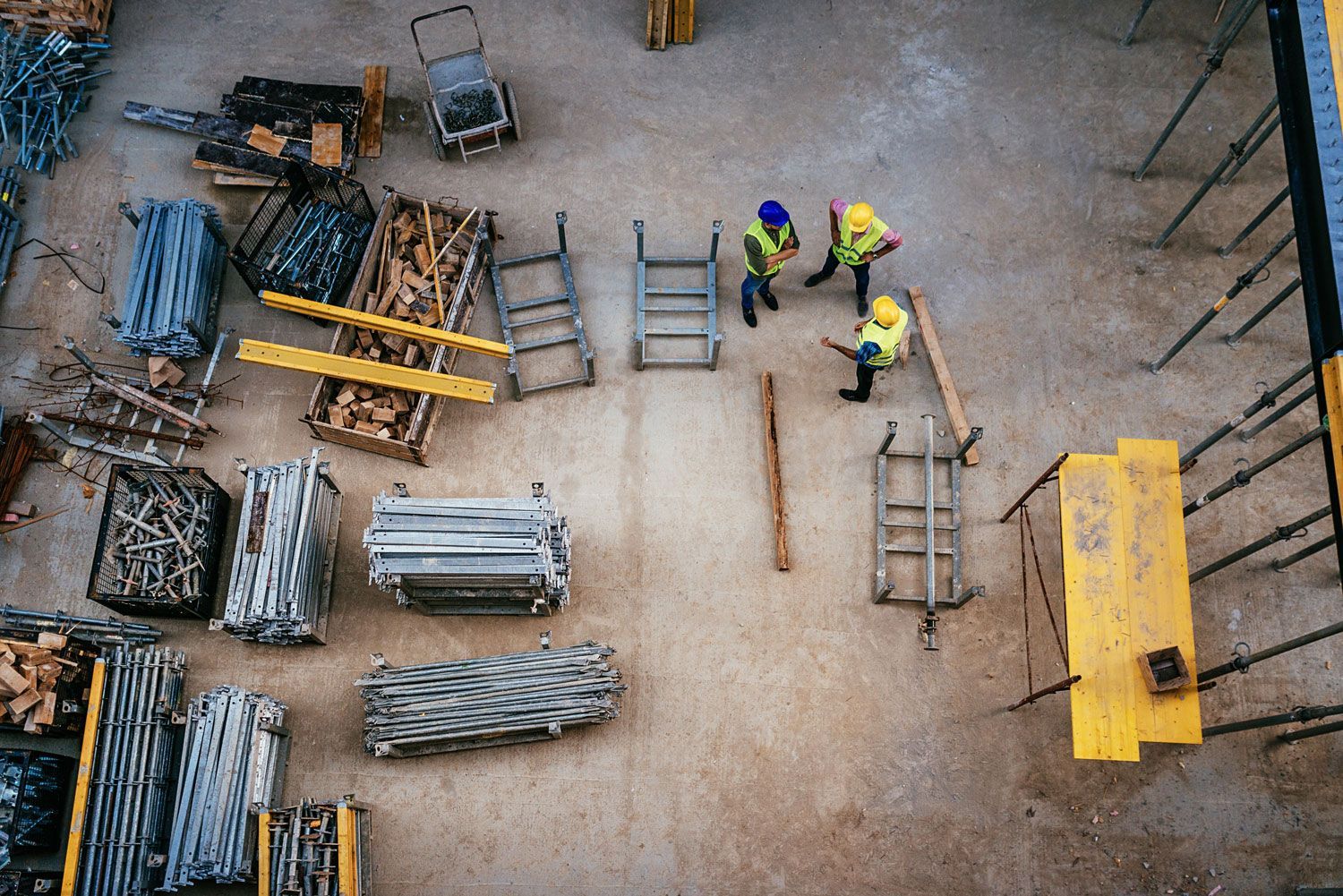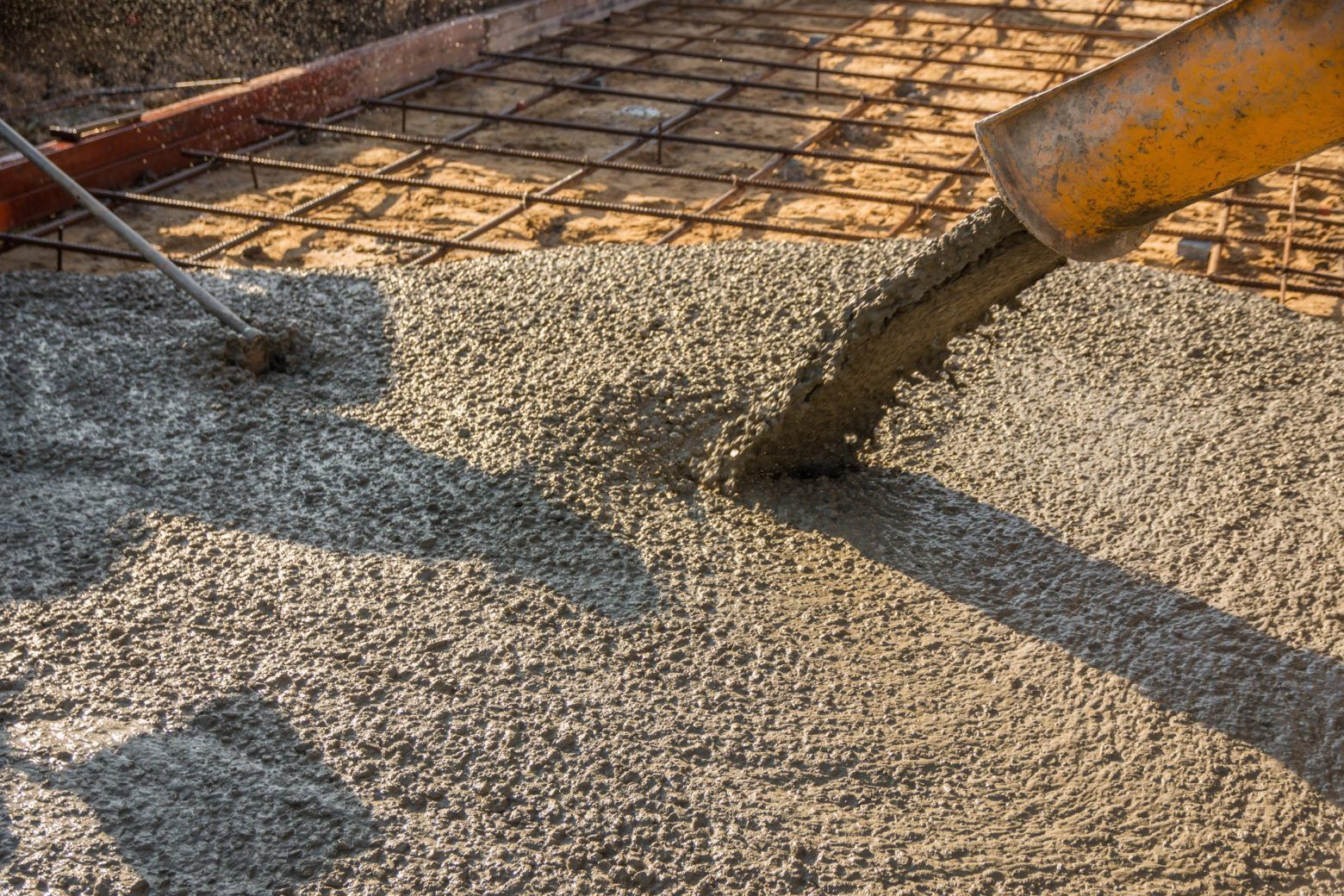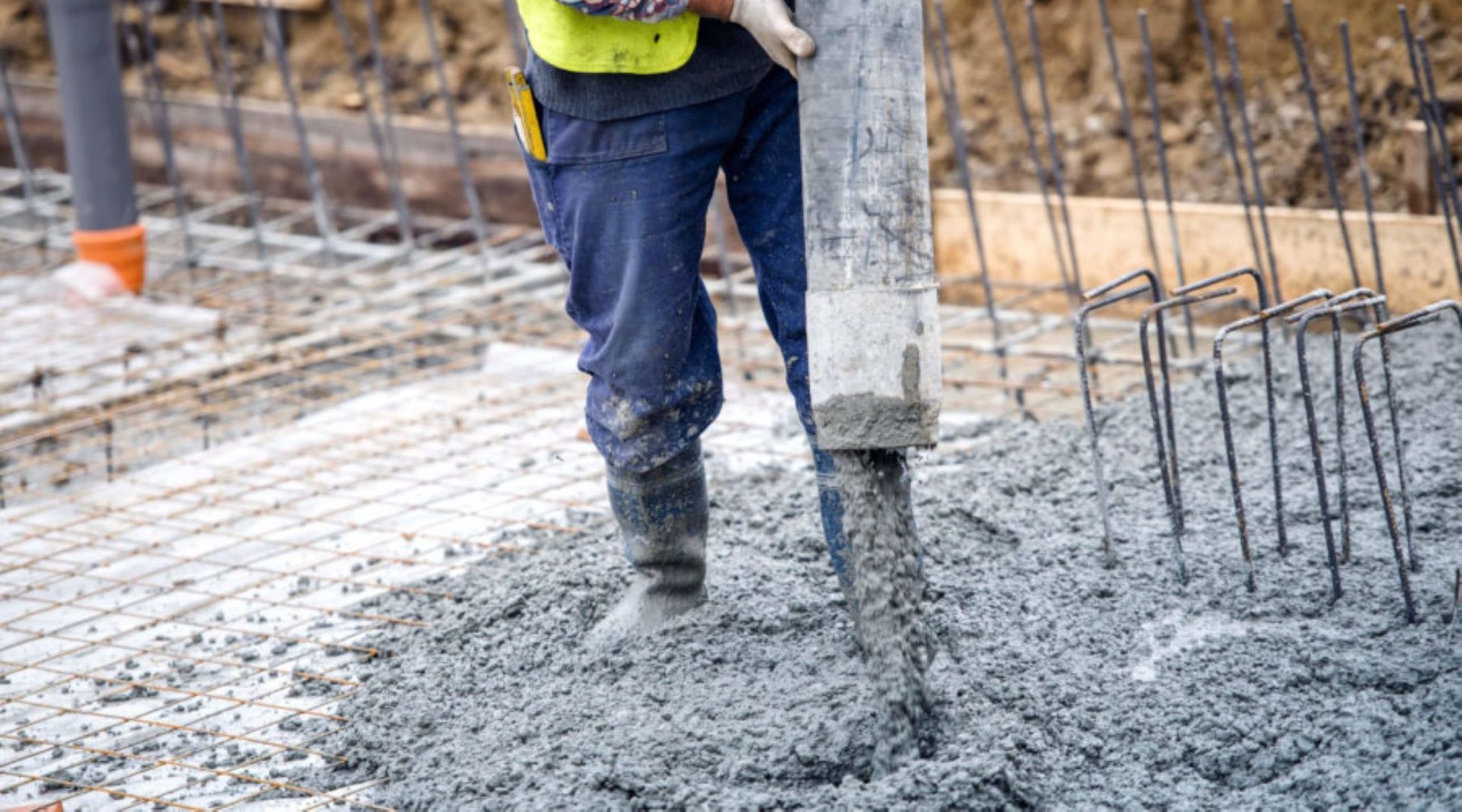How to Add a French Drain to Your Garden
When you are looking for a way to control the dampness on your property, there are a few different ways to take care of the problem. One of the ways that work very well and has been used since the early nineteenth century is the French drain. The French drain is often recommended for heritage properties but has been used in many different types of homes.
What is a French Drain?
A French drain was named after a judge and farmer named Henry French. It’s a type of land drainage that consists of a perforated pipe that is placed in a trench and then backfilled with gravel.
French drains are typically installed near an external wall to draw the dampness away from the building. If you don’t pull the dampness away from the building, it can lead to damaged plaster, brickwork or rotten wood.
How to Install a French Drain
The first step in installing a French drain is to determine where it is going to go. You want to run along the building to pull the moisture away from the walls but also have it run away from the home and to an exit point that is far enough away that it won’t run back towards the home.
From there, you will want to dig a trench that is between 8-12 inches wide. Be careful to remove the sod in sections so that you can lay them back down when you are finished. While you are digging the trench, use a level to ensure that it is sloping away from the home in order to draw the water away.
Add in a membrane or landscaping fabric that runs the entire length of the trench and comes up the side of the trench by about 12 inches. Then you can add in about an inch of drainage stone that you can find at your local quarry.
The next step is to lay a perforated pipe all the way along the trench and cover it with 3-4 inches of the same drainage stone. Fold the remaining membrane over the crushed stone and then cover it with soil. You will want to tamp it down gently and replace the sections of sod back over the trench. It can sometimes take the sod a little while to look the same as the sod around it. Just continue to take care of it in the same way that you do the rest of your garden and it will become less noticeable in time.
Installing a French drain is a great way to get water away from your home. It can be easy to install yourself but you do need to ensure that you are using quality materials. Speak with your local quarry to see if they have any tips and tricks to create a French drain in your garden.
Planning a French drain? At Thompson Quarries, we have the
aggregates you need.

